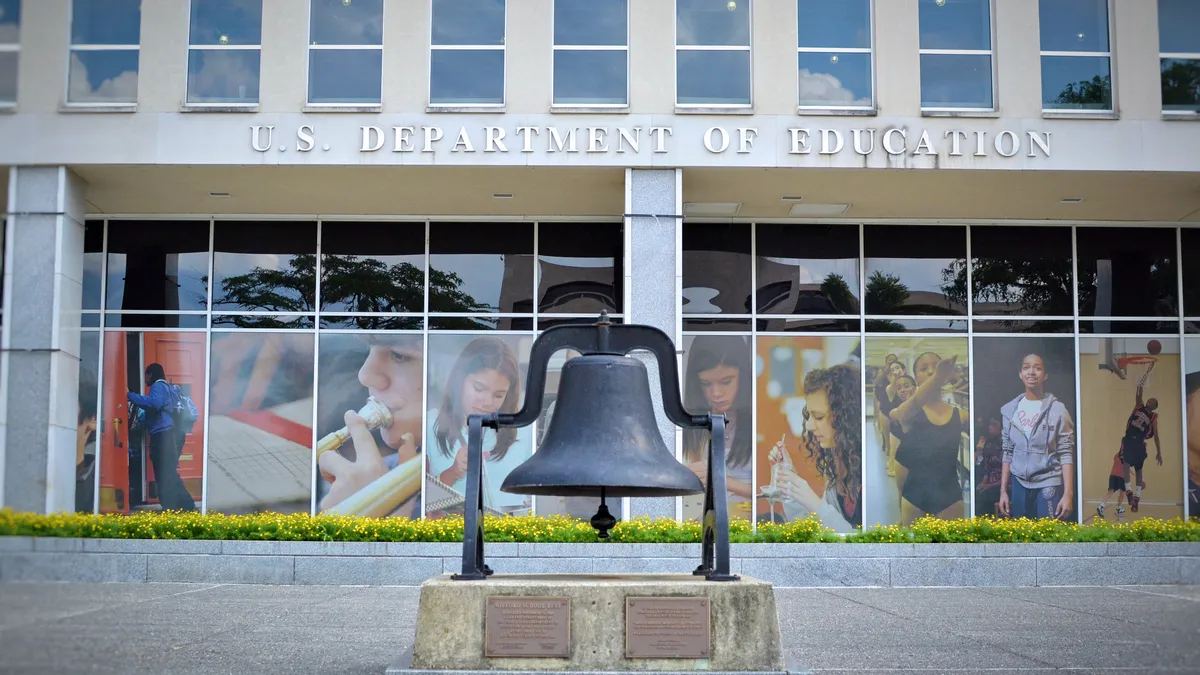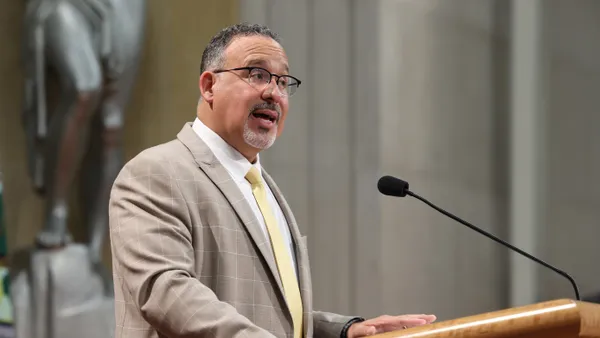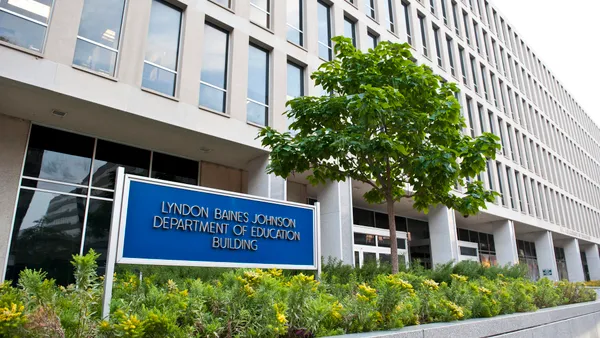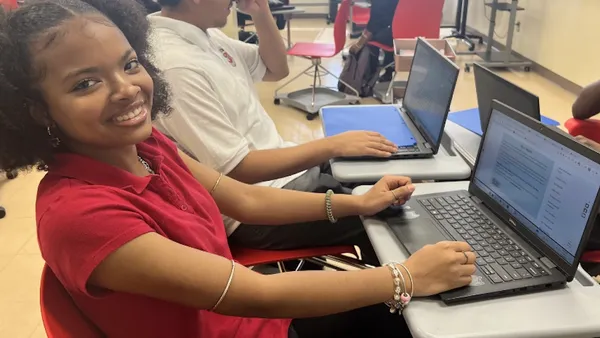Dive Brief:
- College Credit in High School (CCHS) programs are becoming more popular among high school students around the country, according to a new report from the College Board. The number of students taking Advanced Placement (AP) exams rose by more than 150% between 2013 and 2015, while the number of dual enrollment students doubled between 2003 and 2011. But educators and lawmakers have become concerned about program quality and accessibility as the number of programs has expanded.
- The report probed questions lawmakers should address when considering the value of a CCHS program, such as whether there is built-in accountability and measurable positive outcomes. Additionally, schools and lawmakers need to make sure all students have access to these programs, and that there is transparency concerning how these credits will transfer in pursuit of a college degree or credential.
- The report laid out a set of core outcome metrics that legislators and educators could use to determine how successful CCHS programs are for students, including enrollment and persistence percentages, students' success in later courses, their college GPA, as well as the percentage of those who attain degrees and the time it took to earn the credential. Some of these metrics are well documented and show positive indications for CCHS courses, but others, such as the time it takes students enrolled in a CCHS program to attain a degree, are far less documented.
Dive Insight:
Colleges and universities have a financial incentive to make sure the CCHS transfer process is seamless and marketed to potential students, just as four-year universities should conduct proper outreach to students enrolled in two-year schools who may be interested in transferring. The country's college population is changing, and many "post-traditional" students are wary of the prohibitive cost of a college education, for a variety of reasons. Adult learners often have personal and professional commitments that cause them to seek out big returns for less time and money, and traditional students are distrustful that the cost of a college education is worthwhile "without the guarantee of a job," according to Alison Kadlec, director of Higher Education & Workforce Programs for Public Agenda.
Schools that can offer a quality education and a credential at a reduced cost and/or a speedier time frame will be at an advantage with these skeptical students, and being a school that encourages students with CCHS credits can be a powerful selling point. However, colleges and universities must make sure they are reaching the students who could benefit most from that quicker time line. The College Board report cites an analysis of Oregon community college dual enrollment classes, which found that enrollees in those classes tend "to be white, female, high achievers and not economically disadvantaged."
A quicker, cheaper college education would most benefit economically disadvantaged students. If colleges and universities are not making credits from high school transferable (and working with high schools and surrounding communities to make sure those opportunities are available), then many students are missing out on a potentially quicker (and cheaper) education, and higher ed institutions are losing tuition revenue from students who might not consider enrolling without the possibility of a shorter college stint. College leaders and policymakers could also look to examples like Rhode Island to create college credit classes that double as the first step of a pipeline leading to better opportunities for employment post-graduation. Such a program could boost enrollment by directly addressing many of the critiques students have about college cost and employment viability after earning their degree.














